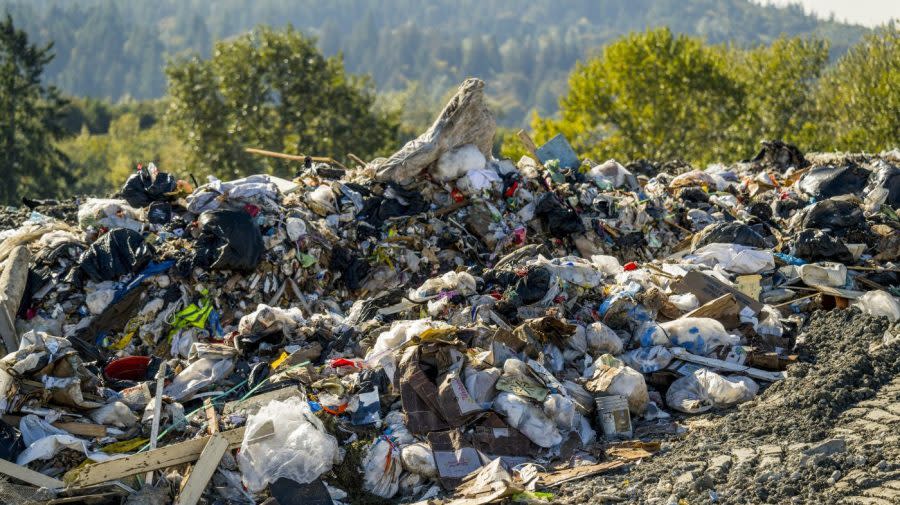Garbage dumps may be ‘burping’ toxic ‘forever chemicals’: Study

As many municipal landfills belch out gas from decomposing organic matter, they are also releasing toxic “forever chemicals” into the air, a new study has found.
Scientists measured unexpectedly high levels of airborne per- and polyfluoroalkyl substances (PFAS) at three dumps they surveyed — demonstrating the ability of these persistent contaminants to escape into the environment.
That invasion could be occurring in similar capacities via both vented gases and liquid by-products, known as leachates, according to the study, published on Wednesday in Environmental Science & Technology Letters.
PFAS are notorious for their ability to linger in the environment and in the body and are found in certain firefighting foams, industrial discharge, nonstick pans, cosmetics and waterproof textiles, as well as other household products.
Some of these synthetic compounds, of which are thousands, are already linked to various cancers and other serious illnesses.
“While numerous industries are being confronted with PFAS-related management challenges, the burden of remediation and PFAS removal has often fallen on downstream industries — namely, the solid waste sector,” the authors stated.
The researchers, led by the University of Florida’s Timothy Townsend, previously showed that PFAS-laden wastewater can seep into landfills — but that this leachate is typically captured and treated before entering the environment.
While dump sites also generate gas that can be captured and controlled, the scientists determined that it is often released untreated.
Although the “burped” gas mostly comprises methane and carbon dioxide, recent research identified the presence of airborne types of PFAS called fluorotelomer alcohols.
These compounds, the researchers explained, can be toxic when inhaled and are able to travel long distances. As such, Townsend and his team decided to measure their presence in vented gas at three Florida dumps.
To do so, they pumped landfill gas from pipes through cartridges filled with material capable of capturing airborne PFAS. After freeing the compounds from the cartridges with organic solvents, they analyzed the residue for 27 types of forever chemicals.
Some of the fluorotelomer alcohol levels, they found, were up to two orders of magnitude higher than previous studies had shown at other landfills.
Comparing these results to leachate samples they collected in parallel, the scientists found that the annual amount of fluorine — often used to screen for PFAS presence — emanating from landfills via gas may be similar to or greater than the amount escaping in liquid waste.
“These findings suggest that landfill gas, a less scrutinized byproduct, serves as a major pathway for the mobility of PFAS from landfill,” the authors stated.
Describing dumps as “repositories for PFAS,” the researchers concluded that vented gas must “be considered in future mitigation and management strategies.”
Copyright 2024 Nexstar Media, Inc. All rights reserved. This material may not be published, broadcast, rewritten, or redistributed.
For the latest news, weather, sports, and streaming video, head to The Hill.


